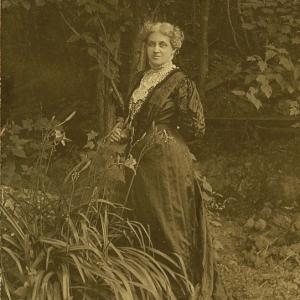
Once again, the women's suffrage movement is slowed when the United States enters WWI in 1917. This is a particularly brutal time for many suffragists who continue to picket and support the cause. Public sentiment turns against them and suffragists are called unpatriotic, harassed both by the general public and the police. Nonviolent suffragists are jailed, experience brutal treatment in prison and are force fed when attempting to go on a hunger strike.
Rather than commit to focusing on the federal amendment or state by state suffrage, NAWSA President Carrie Chapman Catt proposes working on getting the federal amendment passed in Congress while also focusing on the states most likely to ratify the amendment (in order to ratify the federal amendment 3/4 of the states (36 at the time) would need to approve it. This would give every woman in the country the right to vote. This idea becomes known as "The Winning Plan."

In 1918 President Wilson offered formal support of the Susan B. Anthony Amendment (soon to be the nineteenth amendment). It passed by almost exactly 2/3 majority as required by law. In May 1918, the House passed the amendment with well over 2/3 majority and in June 1918, the Senate passed the nineteenth amendment.
State by state, the suffragists worked to ratify the nineteenth amendment. In many states, the votes were extremely close. Finally in August of 1920, Tennessee was the 36th state to ratify the nineteenth amendment.